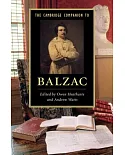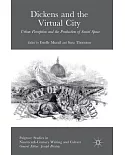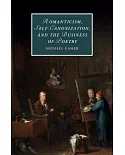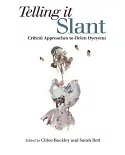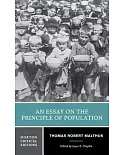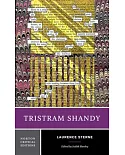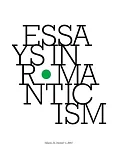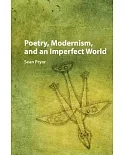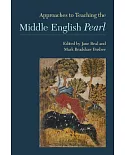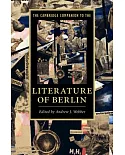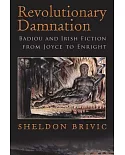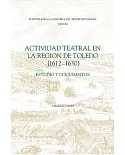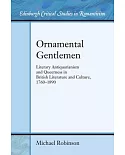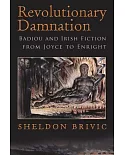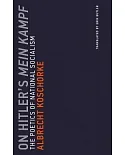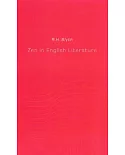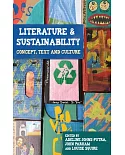Ranging from the panoramic novels of Dickens to the horror of Dracula, Gail Turley Houston examines the ways in which the language and imagery of economics, commerce and banking are transformed
in Victorian Gothic fiction, and traces literary and uncanny elements in economic writings of the period. Houston shows how banking crises were often linked with ghosts or inexplicable
non-human forces and financial panic was figured through Gothic or supernatural means. In Little Dorrit and Villette characters are literally haunted by money, while the unnameable intimations
of Dracula and Dr Jekyll and Mr Hyde are represented alongside realist economic concerns. Houston pays particular attention to the term 'panic' as it moved between its double uses as a banking
term and a defining emotion in sensational and Gothic fiction. This stimulating interdisciplinary book reveals that the worlds of Victorian economics and Gothic fiction, seemingly separate,
actually complemented and enriched each other.


